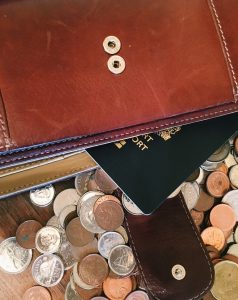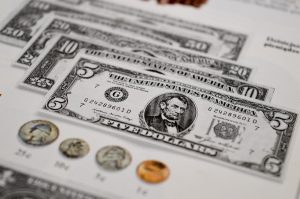Forex trading is a popular investment vehicle for traders around the world. It offers the opportunity to speculate on the price movements of various currency pairs and potentially earn profits. One of the unique features of forex trading is the availability of leverage. Leverage is an investment strategy that allows traders to control a larger position in the market with a relatively small amount of capital. In this article, we will explore the amount of leverage available to US traders in forex.
Leverage is the practice of borrowing money to increase the potential return on an investment. In forex trading, leverage is commonly expressed as a ratio, such as 50:1 or 100:1. The first number in the ratio represents the amount of capital a trader needs to open a position, while the second number represents the amount of leverage available. For example, if a trader has a 50:1 leverage ratio, they can control a $50,000 position with just $1,000 of capital.
In the United States, the amount of leverage available to forex traders is regulated by the Commodity Futures Trading Commission (CFTC) and the National Futures Association (NFA). These regulatory bodies have set maximum leverage limits for retail traders in order to protect them from excessive risk.
Currently, the maximum leverage available to US traders in forex is 50:1 for major currency pairs and 20:1 for non-major currency pairs. This means that traders can control a $50,000 position with just $1,000 of capital for major currency pairs like EUR/USD or USD/JPY, and a $20,000 position for non-major currency pairs like USD/MXN or NZD/JPY.
It is important to note that these maximum leverage limits apply only to retail traders. Professional traders, who meet certain financial and experience requirements, may be able to access higher leverage ratios. However, professional traders also face additional regulatory requirements and may be subject to stricter risk management standards.
The reason for the lower leverage limits for non-major currency pairs is due to their typically higher volatility and lower liquidity. These factors can increase the risk of significant price movements and potential losses for traders.
While leverage can magnify potential profits, it also increases the risk of losses. Traders who use leverage must be aware of the potential risks and have a solid risk management plan in place. This includes setting stop-loss orders to limit potential losses and not overleveraging their positions.
In addition to regulatory limits on leverage, brokers may also have their own leverage restrictions. Traders should ensure that they understand their broker’s policies on leverage and margin requirements before trading.
In conclusion, US traders in forex have access to a maximum leverage of 50:1 for major currency pairs and 20:1 for non-major currency pairs. These limits are in place to protect retail traders from excessive risk. Traders should be aware of the potential risks associated with leverage and have a solid risk management plan in place. Understanding regulatory and broker policies on leverage is essential for successful forex trading.






